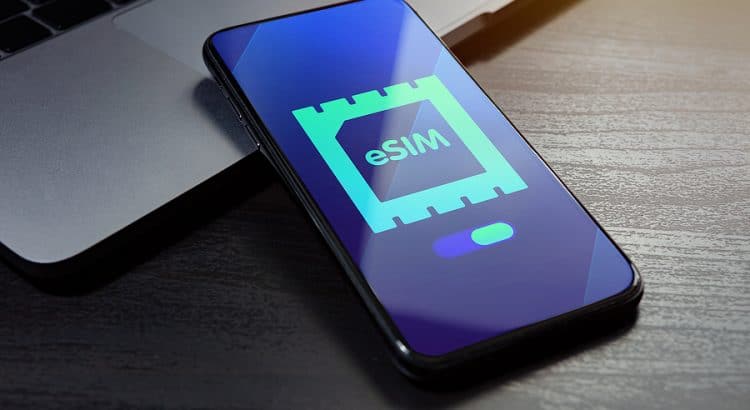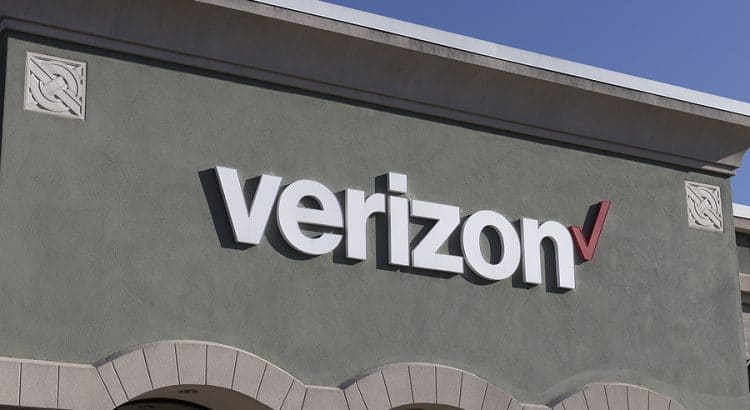I’ve been a big fan of Visible’s Swap Program since it launched. Under the program, new Visible subscribers can trade in almost any working phone in exchange for a new phone free of charge. Since the program started, Visible has gradually improved the quality of the phones it offers.
Sometime in the last few months, Visible added the Motorola moto g pure to the Swap Program. The g pure typically costs about $150. While I haven’t tested it myself, I’m a long-time fan of the Motorola g line.











